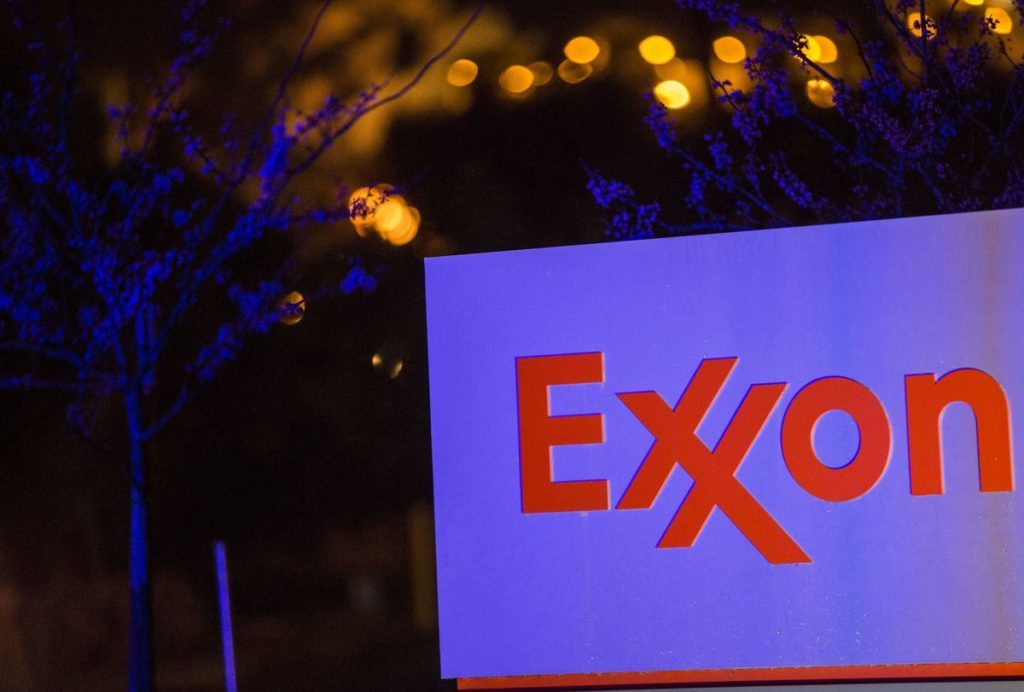
Exxon Mobil Corp. shut its liquefied natural gas export plant in Papua New Guinea after an earthquake in the Pacific nation’s remote highlands cut supplies from the company’s upstream fields.
The U.S. oil giant said Tuesday it closed both units at its PNG LNG facility near the nation’s capital, Port Moresby, which liquefies gas produced hundreds of kilometers inland near the epicenter of Monday’s magnitude 7.5 quake. Damaged phone networks and roads, as well as continued aftershocks, hampered efforts to assess the extent of the destruction, and officials in the impacted areas told The Associated Press they fear dozens may have been killed or injured.
The shut down of the export facilities follows Monday’s closure of a gas processing plant and well pads at the Hides field in Hela Province, near where the earthquake struck. Administrative buildings, living quarters and a mess hall were damaged, as were roads, a nearby airfield and other infrastructure, Exxon said. The company continues to evacuate non-essential workers from the area and is flying in engineers to help assess damage and repair needs. A partner in the LNG venture said its review of damage would take at least a week.
“We are continuing to try and re-establish communications with our nearby communities to understand the broader impacts,” Andrew Barry, Exxon’s managing director in the country, said in a written statement.
The LNG plant, which is about 600 kilometers (370 miles) from the epicenter of the earthquake, exported about 7.8 million tons of the fuel last year, according to vessel-tracking data compiled by Bloomberg. The facility is known within the industry for its reliability, producing more than its nameplate annual capacity of 6.9 million tons during the past two years. Before the shutdown, it had been expected to ship as much as 8.5 million tons in 2018, Oil Search Ltd., the second-largest owner of the facility, said last week.
‘Best Performing’
“PNG has been one of the best performing LNG projects in the last decade” said Saul Kavonic, an analyst at Wood Mackenzie Ltd. “It’s literally taken a large earthquake to create a disruption to the plant.”
The developing country of less than 8 million people is one of the poorest in Asia, with soaring crime rates and high unemployment, according to the U.S. State Department. LNG accounts for a third of the country’s exports and makes up the bulk of oil and gas extraction, which is 16 percent of the overall economy, according to a December report from the bank.
While the Exxon-led PNG LNG project exports about 3 percent of the world’s liquefied natural gas, according to data compiled by Bloomberg, the effect of the outage on the global market is expected to be muted. Fatih Birol, executive director of the International Energy Agency, said Tuesday in an interview that there won’t be a major impact as there’s lots of spare capacity in the market.
The outage comes near the end of peak winter demand season in Asia. Spot LNG near Singapore for late April costs about $7.60 per million British thermal units, according to a Monday assessment by Singapore Exchange Ltd., compared to $9.499 for a later March cargo. That seasonal decline may slow or reverse if outages lead to shipments being curtailed, according to Fat Prophets Sydney-based resources analyst David Lennox.
“Those buyers who were taking that gas will have to go elsewhere,” said Lennox. “There would probably be some movement in LNG prices to the upside.”
Damage Review
The shut Hides Gas Conditioning Plant processes natural gas and condensates, an ultra-light form of oil, before it’s shipped hundreds of kilometers by pipeline to export facilities near the capital Port Moresby. The plant handles up to 1 billion cubic feet of gas daily from eight production wells, according to the venture’s website.
Oil Search, which owns a 29 percent stake in the PNG LNG venture, said in a filing Tuesday that it would take at least a week to conduct a review of its wells, gathering systems, production facilities and other infrastructure.
The PNG LNG project has made a slim contribution to government coffers, according the World Bank. Low oil and gas prices and “a complex web of exemptions and allowances” have combined to ensure that little revenue is paid to the government and landowners, it said in its December report. The government in 2013 estimated it would see about 2 billion kina ($617 million) a year in government revenue from the project. By September 2017, more than three years after exports started, royalties received by the government totaled 150 million kina, the World Bank said.
Recommended for you
